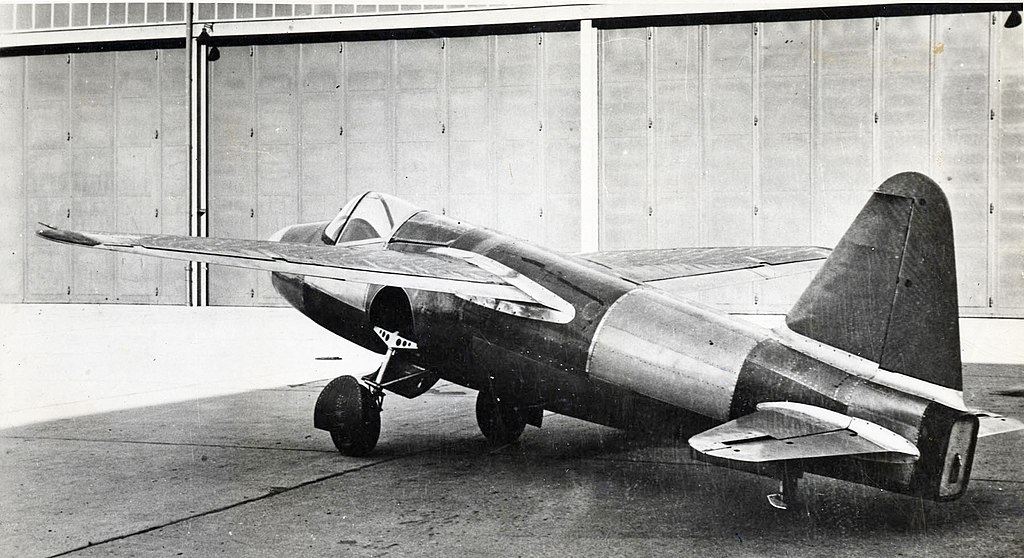The World's First Jet-Powered Aircraft He 178: The Story of an Innovative Breakthrough

On August 27, it has been 85 years since the first jet-powered aircraft in the world, the He 178, was built. It was created by the German company Heinkel Flugzeugwerke and made its first flight on that day in 1939 at the Rostock airfield.
This was a purely experimental aircraft that the company developed on its own initiative. Its director, Ernst Heinkel, was so eager to maintain his priority that he was in no hurry to inform the Ministry of Aviation about the development of the innovative machine. However, he hoped that its demonstration would make the desired impression, and the state would finance the project.
The He 178 was a small all-metal high-wing monoplane. It was equipped with a single experimental HeS 3B turbojet engine with a thrust of 500 kgf, which was also created by Heinkel. The landing gear was retractable, although it remained extended during the first flight. The aircraft was 7.48 meters long, had a wingspan of 7.2 meters, and a takeoff weight of 1,995 kg.
The first flight of the He 178 lasted a little over six minutes. The fuel pump failed quickly, and the test pilot, Erich Warsitz, had to shut down the engine and glide to a landing. The landing was successful. In subsequent tests, the aircraft demonstrated a speed of 600 km/h, which did not impress the officials of the Third Reich. At that time, the record performance of piston-engine aircraft was significantly higher. In addition, Germany started a major war four days after the first flight of the He 178, and orders were given from Hitler himself to focus efforts on the production of serial equipment.
Soon, the Nazi leadership would realize the potential of jet aviation, and several corresponding programs would receive support in Germany. However, this would happen a little later and would not affect the fate of the He 178. The first prototype would make no more than 20 flights and would be mothballed. By that time, the construction of the second prototype would be completed, but it would never take to the air. Both aircraft would remain idle at the factory in Rostock until the end of the war and would be destroyed by the Germans themselves to prevent them from falling into enemy hands.

 Fan-page
Fan-page Youtube
Youtube TikTok
TikTok Aviamuseum
Aviamuseum State Aviation Museum
State Aviation Museum

